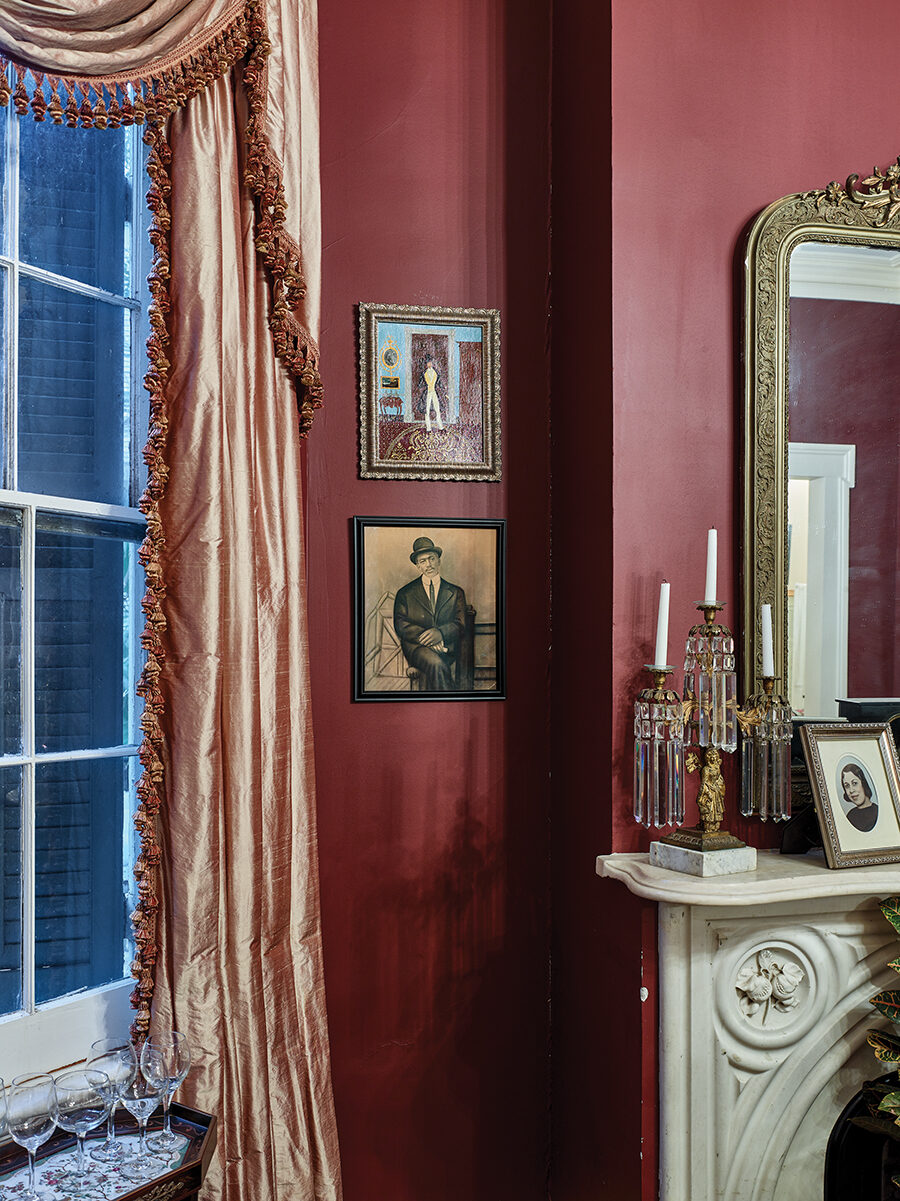
The Musée de f.p.c. All photographs from New Orleans by Isaac Diggs, January 2021, for Harper’s Magazine © The artist
Omar Casimire dreamed of a flood a year before Hurricane Katrina arrived. The day after the levies broke, as he paddled a salvaged boat through the deluge burying New Orleans East, using a broken board as an oar, the vision resurfaced as déjà vu.
With a small digital camera, he photographed the dreamscape that now appeared in the world before him: familiar street signs barely clearing unfamiliar reservoirs. He took pictures as he watched the waters rise from a room in the Super 8 Hotel on Chef Menteur Highway, east of the city’s Industrial Canal and south of Lake…






















































































